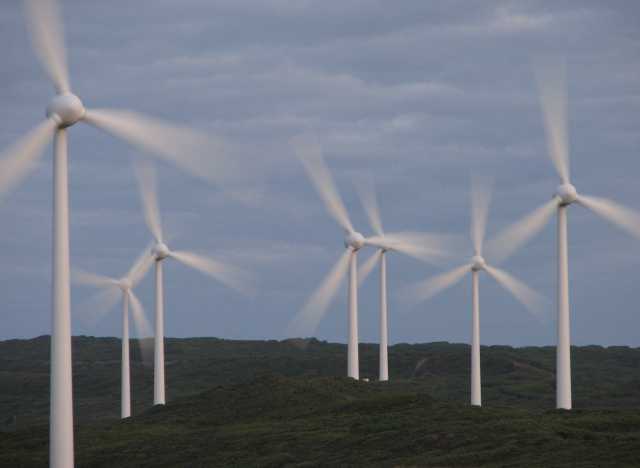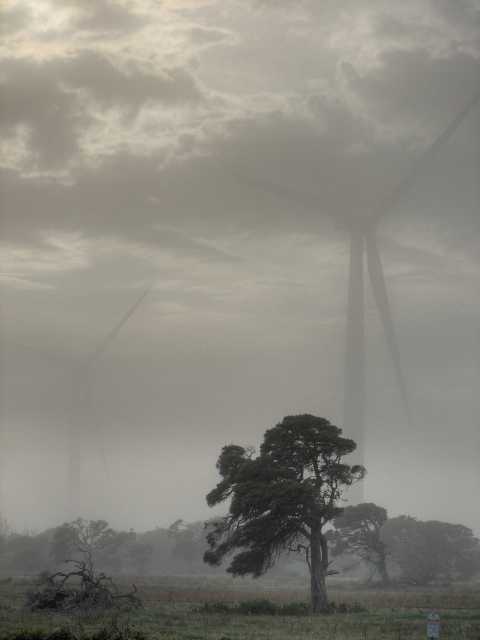|
A collection of wind turbines, known as a wind farm brings many benefits to a community and its surroundings. New revenue and interest to the town is created, bringing tourists, business interested people and those curious about wind power to the area. This is particularly of benefit to regional areas. Through creation of wind farms, it also brings with it many employment opportunities to both local and new employees, often providing a stable job for some, and bringing a fresh face to the town for others. Land owners who have suitable locations for wind turbines on their property also benefit, profiting a very decent amount of money per wind turbine, per year.
Additionally communities benefit through the offer to apply for grants or sponsorship. As the main provider/structural builder of Australia's wind farms; AGL offer a range of grants or sponsorship opportunities to local communities with wind farms in their vicinity. They aim to provide assistance, as a 'thank you' to the regions who have agreed for such a project to be undertaken.
|
With proposed sound issues also comes claims that people have pressure associated headaches and symptoms due to being too close to the wind turbines. Again, speaking from personal experience, I have not felt such symptoms, nor have the majority of local people I have spoken to; but this does not discount the argument.
There are also opinions regarding the spoiling of our beautiful country landscapes. Whilst this is partly true, that the increase of wind farms can overtake and disturbs the view our amazing landscapes, it is important to remember that in the majority of cases, wind farms are strictly prohibited to one side of a road, land area or region; therefore still allowing our landscapes to be mainly untouched, and display its natural beauty. It is important to take into consideration that the occasional scattering of wind turbines is a lot more aesthetically pleasing than coal-fired power stations, by far. With an almost mesmerising, calming effect; the wind turbines look clean and contemporary with their white and simple, yet enormous structuring.
Now while this might all be well and good for humans, what about our native wildlife? Complaints regarding the upset of native species are a very real issue. Because of the positioning of wind turbines, they often uproot native habitats of animal species as well as interfere directly with the migratory paths of birds. Presumptuous as it may seem, it is assumed that over time the natural course of the animals will change in any case. It must be taken into consideration, that if we demolished a structure every time it endangered the natural environment, habitat or migratory path of a species; the majority of us would be deemed homeless.
The construction, preservation and long-term maintenance of the wind turbines, as demonstrated, are a very controversial issue. People are either very accepting or opposing of the wind farms. Although there are different levels of severity for everyone; as aforementioned, I have not personally experienced any sound disturbances or pressure related symptoms, and I believe that these issues are often exaggerated. In the long term, we must look to solutions contributing to a sustainable future; clean and green, for generations to come. Harvesting the natural power of the wind is sustainable, cost-efficient and effective in the preservation of our precious planet."

